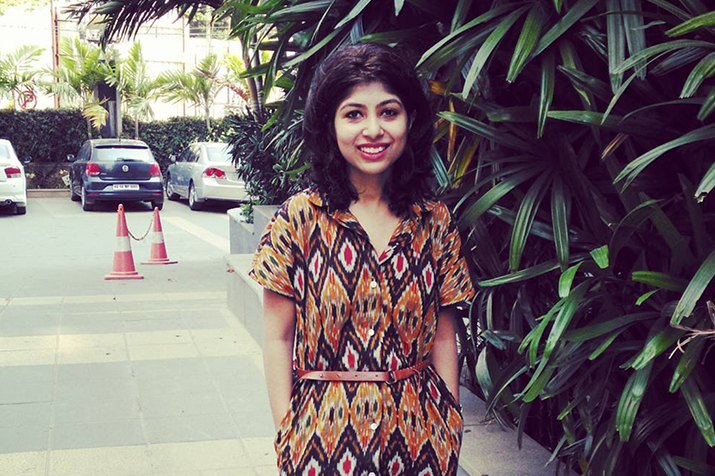The age of high EQ ads

Advertising has a huge role to play in crafting progressive narratives around gender and take the dialogue on feminism forward. And that’s because advertising is a large part of what we consider as popular culture. And therefore, it must mimic society and needs to depict the changing role of women in society.
From time to time, various popular consumer brands have been able to do this very well. A great example is a brand like Tanishq. With its “khud se naya rishta” proposition empowering women to prioritise themselves over anything or anyone else in their lives or their memorable wedding film in 2013 that showed a woman with a child remarrying, the brand has had a very important role to play in changing narratives around women.
Brands today explore various facets of gender inequality to craft nuanced narratives. In the past decade, advertisement has facilitated conversations around mansplaining to pay gap and from body positivity to breaking the taboo around talking about same-sex relationships. Back in 2018, handbag brand Baggit tacked mansplaining with their ad featuring Shraddha Kapoor, beautifully incorporating the product. And Myntra’s ethnic private label Anouk talked about a same-sex relationship in their 2016 ad. Durex’s #cometogether campaign talked about orgasm inequality among men and women, bringing to focus a topic that is often brushed under the carpet in our country.
So, I think dialogues around gender equality are no longer at a surface level today in Indian advertising. They are definitely getting deeper and exploring complexities within the gender discourse. And that’s a very positive sign.
When you create a piece of communication that is high on EQ, is future-facing and propagates the idea of an egalitarian world, everyone wins. And I don’t really mean awards here.
It’s no secret that everybody loves a good story. And a good story is often one with a happy ending. Like the Cadbury ad. Whether you look at the original Cadbury ad made by Piyush Pandey in 1993 or the one by the same agency after 28 years, one of the things that is common in the two versions is that they have great repeat value. You want to see them again and again, and it doesn’t get old. And that’s the beauty of a classic. Whether it’s a film like Dilwale Dulhania Le Jayenge or a Cadbury ad. And the reason you want to see them, again and again, is because of the happy ending, because it makes you smile wide and fills your heart with abundant joy every time you watch it. It instantly puts you in a good mood. And that’s really the power of creativity.
A brand that is able to evoke such robust positive emotions with its communication, will enjoy high recall and very high consideration amongst its target audience, not to forget, strengthen its positioning. In the case of Cadbury, it has always stood for celebrations and the good times with its “kuch meetha ho jaye” proposition. And an ad such as that only reinforces the idea of “celebrating” everything good and precious in life with a bar of Cadbury. It equates “Cadbury” with “celebrations,” thereby building very high brand association, which is one of the building blocks of brand equity.
Cadbury has also been able to catalyse important conversations and bring in positive change in society while strengthening its brand proposition. It has always stood for doing the right things – whether it is batting for small business owners for Diwali last year or stepping forward to do something really meaningful for hundreds of children with congenital limb defects through their Rakhi campaign in August. And this time too, it showed the world, that it’s time for a different narrative. Where the woman bats and the man cheers on. And that’s the narrative the consumer of 2021 is eager to see.
There are many brands that have been able to craft effective communication that is both uplifting and also propels a narrative change. Dove’s Real Beauty campaign has been running successfully globally for over a decade now, and Ariel’s #ShareTheLoad campaign has cracked the code of using powerful emotions and storytelling to create something that brings in a paradigm shift.
The idea of refreshing iconic ads with current context is great, provided done well. The 90s were the golden era of Indian advertisement. That decade gave us some of the most iconic ads that became such an integral part of Indian pop culture. Whether it was Dhara featuring a young Parzan Dastur, or Humara Bajaj, the Liril ads, The Dil Maangey More ads by Pepsi featuring Bollywood stars including Shah Rukh Khan or the Titan and Cadbury ads – the sort of recall value these ads have enjoyed is not something ads today enjoy. And that’s what makes them immortal.
Nostalgia is a very powerful tool. It instantly brings people together and takes you to a happy place. It’s a very crucial communication and storytelling tool, and brands have used nostalgia successfully (for example, Paperboat) to create a strong, emotional bond with their consumers and make a real mark in the consumer psyche. And the beauty of nostalgia is that it can be used in any manner and form, and not necessarily by repurposing an old, iconic ad.
